Roughing It in the Bush by Susanna Moodie
This popular account of emigration from England and settlement in Upper Canada has become a classic in the history of Canadian literature. First published in 1852, Roughing It in the Bush describes Susanna Moodie’s impressions of the people, places, and processes of settlement in the first seven years after she arrived in Upper Canada in 1832.
Poetry and Racialization
This chapter stages an imaginary conversation between Duncan Campbell Scott (born 1862), the Canadian Deputy Superintendent of Indian Affairs from 1913 to 1932, and E. Pauline Johnson (Tekahionwake; born 1861), the daughter of a Mohawk Chief and an Englishwoman. Scott and Johnson were distinctively different poets who addressed Indigenous issues from very different racialized and gendered perspectives.
Nationalism, 1800s: Loyalism and Nation-building
Loyalism, still strongly colonial rather than national at this time, helped develop a problematic and still pervasive collective concept of Canada as a white, Christian, primarily Anglophone, civil society.
Narratives of Empire: Hearne and Mackenzie
The stereotype of the explorer is a single European man, often pictured standing at the bow of a ship looking off to the horizon, or planting a flag on some new territory to claim it for the empire.
Nationalism, 1500–1700s: Exploration and Settlement
The development of cultures and nation states is characterized by migration (see Diamond and Wolf). With the advent of new technologies to connect people all over the world, such as airplanes and the Internet, this slow migration accelerated in the twentieth century, and continues to gather speed. This phenomena, also known as globalization, reflects the shift toward the colonial expansion of empires, starting in Canadian history with English and French colonization and continuing as well as in more contemporary forms of international immigration and trade.
Introduction to Nationalism
A nation is a group of people who regard themselves as sharing the same culture; a state is a group of people governed by the same laws and political institutions. Groups of people connected through history settled within a geographical region, building customs and forming dialects. Modern nations emerged from the desire of such groups to claim and defend land for hunting, gathering, agriculture, and other economic activities. The borders on contemporary maps resulted from long histories of negotiations and wars among nations and nation-states to control particular territories.
What is Canadian Literature?
It may seem strange to open a guide to Canadian literature by describing it as a shifting wilderness and a bewildering whirlwind. However, M. G. Vassanji’s comment serves as a warning to stay away from rigid, categorical thinking. There is no central idea, no easy essence, that binds Canadian literatures together.








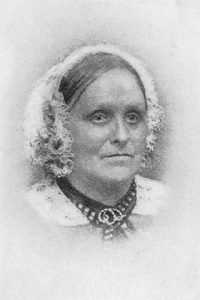
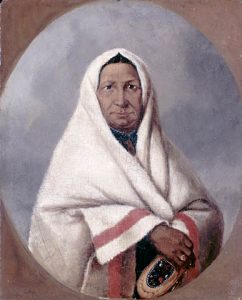
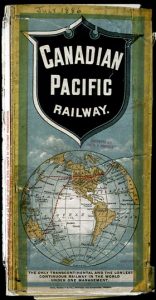


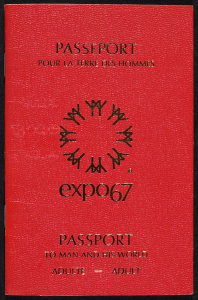
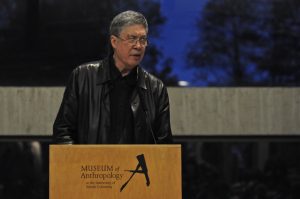
 ©
©